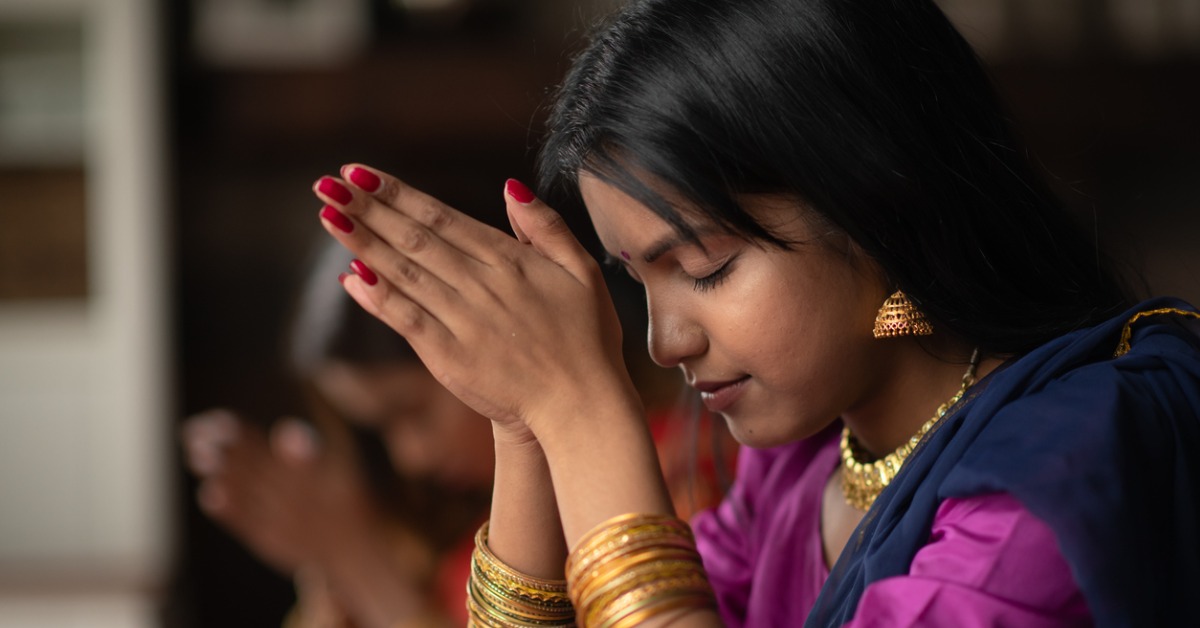
12 Jul How to Better Serve the Underserved: Cultural Traditions and Religious Bias
Part Four in a Series
An interesting aspect of living in the United States is the incredible variety of religious and cultural traditions practiced by our 328.2 million neighbors. As our country has evolved, distinct customs have developed alongside it, creating new cultural traditions and religious practices.
As we’ve seen time and time again, treatment for mental and behavioral health issues is more likely to have a positive impact when clinicians are mindful of each patient’s unique history and place within their community, culture, and religion. This allows for more personalized care, which studies have shown is much more likely to lead to more successful long-term outcomes.
To continue improving client outcomes for individuals from strong cultural and religious traditions, clinicians must understand the challenges each client faces both from within and outside of their community. Only then can they use their knowledge and skills to offer effective, personalized care. One unique study on American Indian and Alaskan Native adolescents showed that 96% were either “recovered” or “improved” when their therapists incorporated “specific cultural, traditional and spiritual practices” into their Dialectical Behavioral Therapy, a type of cognitive behavioral therapy used to help improve an individual’s emotional regulation and mitigate self-destructive behaviors.
Challenges from Within and Outside Communities
There are so many different traditions, religions, and cultures within the United States, and each has its own set of unique challenges when it comes to mental and behavioral healthcare. But despite their differences, it’s not hard to find overarching challenges that are universal.
Cultural and Religious Stigma: In some cultures and religions, seeking professional, non-denominational care for mental health issues or substance use disorders is discouraged. In many communities, individuals will conceal symptoms and avoid treatment because of both external and internalized stigma. Beliefs that mental illness is caused by sin or a lack of faith, or that it can be cured by prayer alone can discourage people from seeking help, which adds to their suffering. Therefore, it can be challenging for someone from this background to even admit that they have a problem.
A Different Vocabulary: Our upbringing, tradition, and culture all influence how we see the world. This remains the case when times are good, but also when we’re facing mental health difficulties. Often, an individual from a more traditional cultural or religious upbringing may conceptualize their symptoms differently, or lack the vocabulary to describe them with clinical accuracy to a therapist. For example, a religious Christian may think of their mental illness as a sign of weakness, or simply an indication that they are being tested by God.
Lack of Community Support: When an individual is used to connecting with their community in a mosque, church, synagogue, or community center, it can be challenging to ask them to engage in activities that are stigmatized by their family and friends. In some cases, communities (intentionally or unintentionally) overlook those struggling with mental illness, cutting them off from much-needed community support. Although it’s rare, there are still documented cases of exorcism being performed on individuals with psychiatric problems.
Improving Mental and Behavioral Healthcare for These Populations
Effective treatment that’s mindful of tradition, religion, and cultural biases cannot wait. To serve traditional, religious and cultural populations effectively, clinicians must work with diligence and creativity to introduce modes of care that are compatible with their unique needs. Here are some ideas of how to get started.
- Be Mindful of Stigma: Regardless of whether they come from a religious or traditional cultural background, many clients come in to seek treatment with pre-existing stigmas that can make their care challenging. By gently acknowledging and working through these stigmas, clinicians can help build trust, which is the foundation of any effective treatment plan.
- Create a Shared Understanding: Helping a client conceptualize their recovery using culturally sensitive language can make it more effective. If clinicians are not already aware of the ways that mental health is discussed in the diverse communities they serve, they should seek out further education on these specific traditional, religious, or cultural contemporary mental health discourses.
- Don’t Push Unfamiliar Psychiatric Phraseology: If you are working with a client who does not accept certain psychiatric or therapeutic diagnoses, don’t force those terms into the discussion. Instead, use generic terms that are more acceptable, and wait to incorporate more clinical wording until a greater trust has been built.
- Partner with the Religious Community: Behavioral healthcare providers can take the initiative to make informal efforts to connect with faith leaders and their congregants to raise awareness of mental illness and reduce the stigma of asking for help. For example, some in the African-Americans community feel more comfortable talking to a pastor about their mental health issues, than seeking help from clinicians. Such partnerships between the religious community and behavioral health professionals can help reach people who might not otherwise seek out services.
- Use a Behavioral Health EHR for Data Collection: In addition to tracking performance metrics, clinicians can use a behavioral health EHR to collect detailed data on their clients’ backgrounds. This ensures they have all the information they need to design and implement a culturally and religiously sensitive treatment plan, leading to improved clinical outcomes.
Additional Resources
By educating themselves on the unique needs of the individuals and communities they serve, clinicians can help improve outcomes for clients, and create a more welcoming and inclusive practice overall. You can find additional resources on serving traditional, religious, and cultural communities here:
APA Mental Health and Faith Community Partnership
SAMHSA Guide on Creating Community Conversations Around Mental Health
Interfaith Network on Mental Illness Resources
“How to Better Serve the Underserved” is a multi-part series. Find the previous blogs here:
How to Better Serve the Underserved: Racial and Ethnic Groups
How to Better Serve the Underserved: Caring for the Mental Health of Veterans and Active Military



Sorry, the comment form is closed at this time.